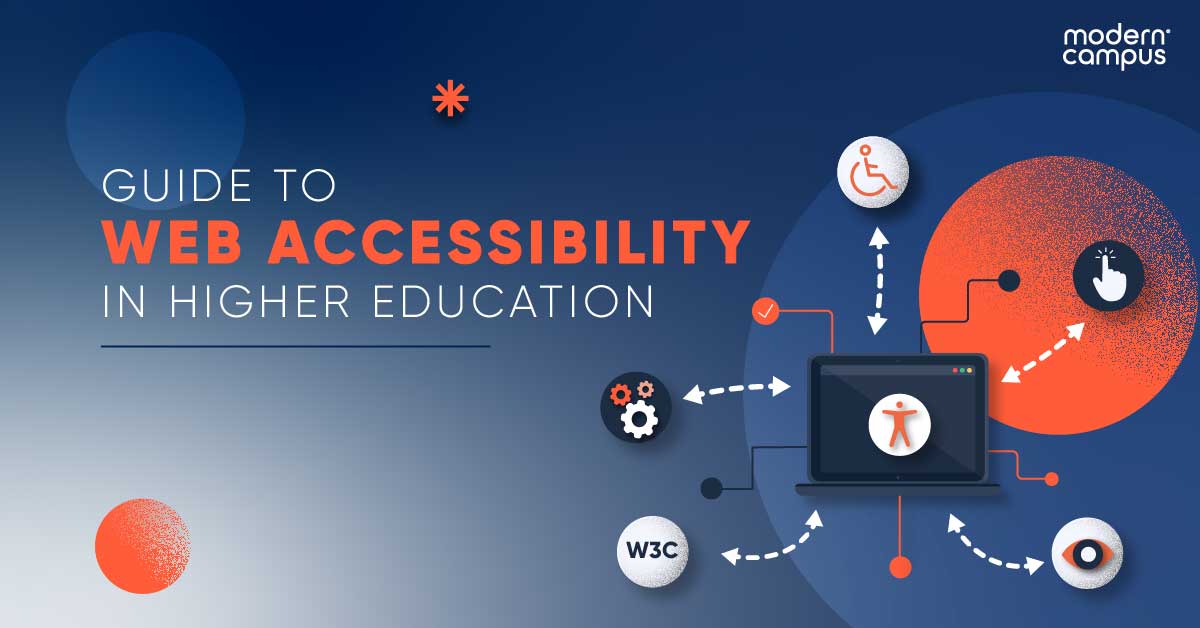Index Surge: Amplifying Your Insights
Stay updated with the latest trends and news across various industries.
Web Accessibility: Opening Doors for Everyone
Unlock the power of the web! Discover how accessibility can create inclusive digital experiences for everyone.
Understanding Web Accessibility: Key Principles and Best Practices
Web accessibility is vital in ensuring that all users, including those with disabilities, can navigate and interact with websites effectively. Understanding the key principles of web accessibility can empower web developers and content creators to build inclusive digital experiences. The Web Content Accessibility Guidelines (WCAG) outline four fundamental principles: Perceivable, Operable, Understandable, and Robust. Each principle plays a crucial role in designing interfaces that cater to diverse user needs, making it essential for practitioners to familiarize themselves with these guidelines.
To implement effective web accessibility, consider adopting best practices such as using descriptive link text that conveys context, providing alternative text for images, and ensuring sufficient color contrast for readability. Additionally, ensure that your website is navigable via keyboard and includes clear headings and labels to aid in content navigation. Implementing these strategies not only enhances the user experience for individuals with disabilities, but also contributes to better overall SEO performance, making your content accessible to a wider audience.

The Importance of Inclusive Design: Why Web Accessibility Matters
Inclusive design plays a critical role in ensuring that all users, regardless of their abilities or disabilities, can effectively engage with digital content. By prioritizing web accessibility, designers are not only complying with legal standards but also fostering a more inclusive online environment. When websites are built with accessibility in mind, they cater to diverse user needs, which can include anything from visual impairments to cognitive challenges. This inclusive approach enriches the user experience and allows businesses to reach a broader audience, ultimately enhancing customer loyalty and satisfaction.
Furthermore, the significance of web accessibility extends beyond the moral implications; it also carries tangible benefits for organizations. Implementing inclusive design principles can improve search engine optimization (SEO) as accessible websites often feature clearer navigation and better content structure. In a world where digital presence is paramount, failure to adopt these best practices can not only alienate potential users but also hinder a business's online visibility. Therefore, understanding and applying the principles of accessibility can lead to increased engagement, higher conversion rates, and a more robust digital footprint.
How to Evaluate Your Website's Accessibility: Tools and Tips
Evaluating your website's accessibility is crucial to ensuring that all users, including those with disabilities, can effectively navigate and interact with your content. Start by leveraging tools like WAVE, Lighthouse, or Axe. These tools provide comprehensive audits, highlighting potential accessibility issues such as missing alt text for images, problematic color contrasts, or unlabelled form fields. Additionally, you can utilize manual testing methods, such as keyboard navigation and screen reader evaluations, to gain a deeper understanding of how your website performs in real-world scenarios.
Once you have identified accessibility issues, prioritize addressing them based on their impact on user experience. Create a checklist to implement best practices as outlined in the Web Content Accessibility Guidelines (WCAG), and consider that some changes may require ongoing effort. Engage with users by gathering feedback from individuals with disabilities; their insights can be invaluable. Over time, consistently evaluating and improving your website's accessibility not only enhances usability for all visitors but also aligns with ethical standards and legal compliance.